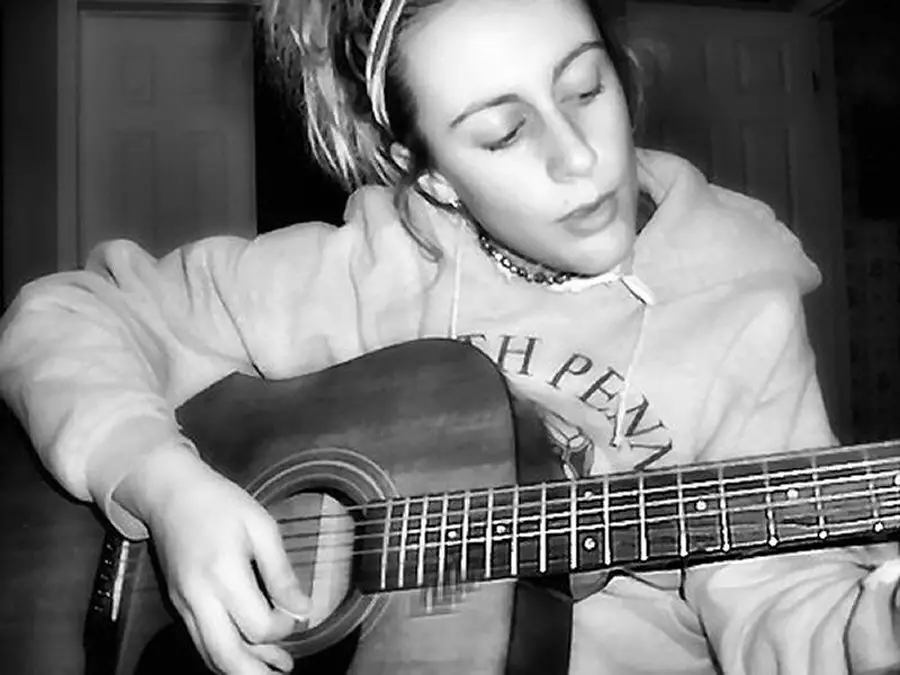When you talk, you don’t need much air to make a noise, but singing is a very different animal. The air penetrates the windpipe and trachea and creates vibrations in the vocal chords to produce sound, that’s why you need to have proper breathing techniques for singing.
Trained vocalists use a breathing technique for singing called diaphragm breathing to produce a strong, tension-free tone. In this blog post, I will demystify the difference between everyday breathing and singing breathing, explain in detail how singing – breathing works, and of course give you some great exercises that will teach you how to use proper breathing techniques when singing. You may have heard of me as a professional singer using breathing to sing, but there is no clear explanation for exactly how I do it.
Breathing exercises for singing warm up
The topic of singing – breathing is very important to me, because it really enables me to sing the way I want to sing.
The air moves your vocal chords, which make noises when speaking or singing, and therefore your voice is in the air. When you breathe like this, you can sing with great ease, but try to sing well with breathing techniques, such as blowing a feather high into the air and blowing it through the room.
In an effort to keep the spring in the air, observe how your body moves and how it reacts to the sound of your voice and the movement of the body itself.
Try to figure out which parts of your body are moving, as if you are about to do a voice exercise, and how much.
Breathing exercises for singing high notes
There are also some important breathing control tips that you should note down when practicing these exercises, and these tips will help you make your breathing training more fruitful. Check out this link to find out how the above breathing exercises will help you. If you allow at least 5-10 minutes of time and strictly adhere to it, you can practice singing at least once a day, which makes it a regular part of your daily routine.
If you sit there for a few moments and only pay attention to the way you breathe, you have already learned to breathe when you sing. Trying to learn the right breathing for singing from the beginning will do you more harm than good. One of the most important things when it comes down to it is the right breathing in general, and the right breathing technique for your singing is one of those things that you are.
Singing Exercises
As a beginner, your first goal is to learn how to breathe properly, but without this skill you are very limited. The truth is that to be a successful singer, you need a proper breathing technique and it is better to learn it sooner rather than later. In general, most beginners who do not take classes skip this part altogether and struggle with the lines because they do not even know the basics of the correct breathing technique.
If you feel you are not getting enough air to sing, the problem is not that you are doing anything to cut off your air supply. The problem of not having enough air is that the swallowing muscles are used during the singing process. You have to have enough air flow (air pressure) to be able to actually sing.
Breath Control Exercises
There is a small singing breathing technique that you can use when you run out of air during a long passage. This means that you all feel a bit more pressure in your lungs than you should, but not enough to cause you to stop and find some air to finish your vocal line.
If you are a good singer and have not practiced to get better sooner or later, you realize that you can no longer sing properly. It’s like singing: if you don’t practice and practice, you lose it at some point.
Breath Control Singing
My personal recommendation is that as an autodidact you should experiment with breathing techniques and find the one most suitable for you. There are many breathing technique tutorials online, but not all work for every singing style. Each singing style needs its own breathing style, so it can be a challenge to specialize yourself in advanced breathing techniques, especially if you are a beginner.
If you are in a conservatory and are likely to have a lesson with a voice coach, your first breathing technique lesson will hiss and hiss.
When you hiss and breathe, it is important that you focus on keeping an eye on your goals. The hissing strengthens the chest muscles, which are vital for singing, but also relaxes the neck and neck muscles.
If you can console yourself, you can increase that number to 6, 7 or even higher if you can. With prolonged use, this can lead to a lot of breathing problems, especially when singing loudly. If you feel a strain on your vocal cords, it’s time to stop.
Breath control exercises
If you would like to learn more about the breath control exercises then check out this article how to sing higher.

